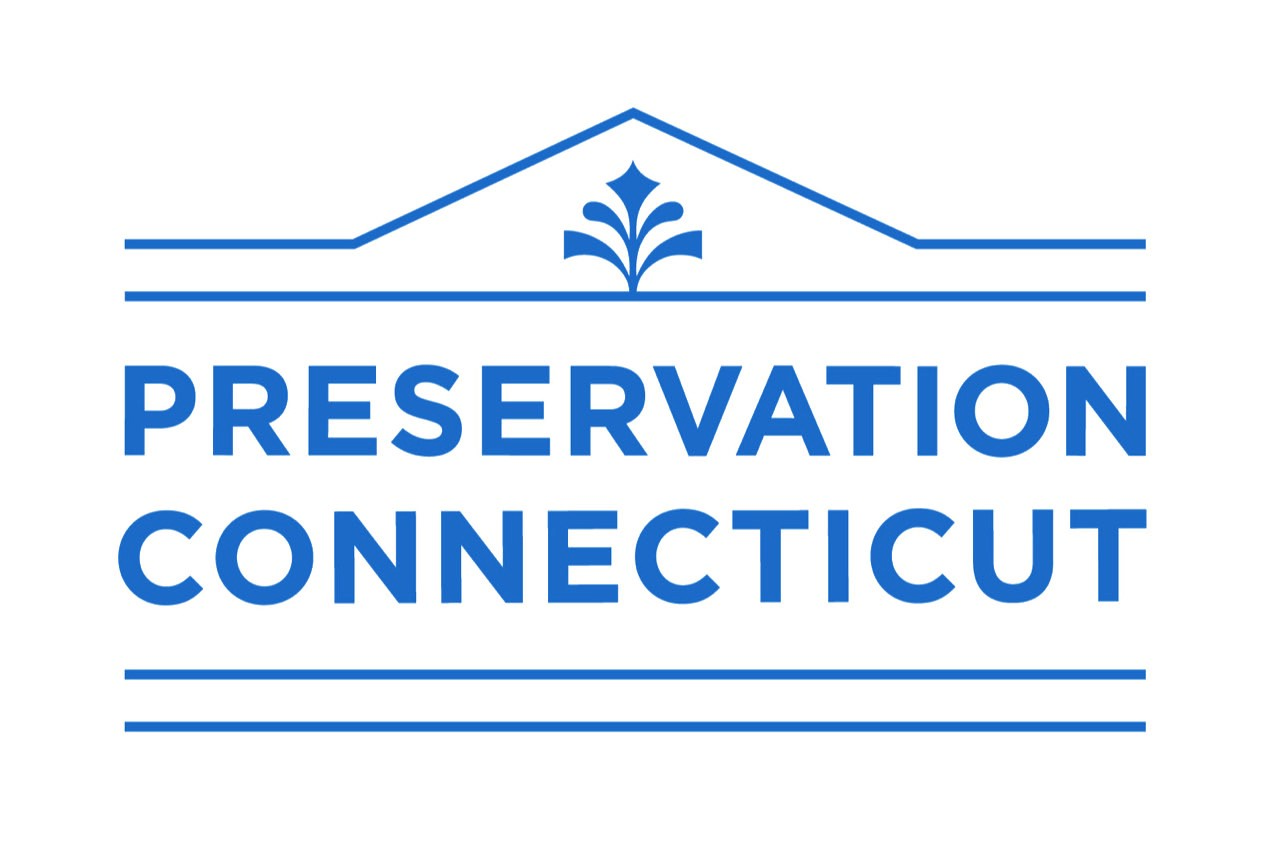Easement FAQs
A good way to ensure that your property’s next owners will protect the property as faithfully as you have is to place a preservation easement on the property with Preservation Connecticut. Click on the drop-down menus below to learn more.
What is a preservation easement?
A preservation easement is a legal agreement that grants a limited right to a qualified nonprofit organization, like Preservation Connecticut, to protect the property from changes which are not in keeping with its historic, architectural, or natural character. The agreement can be very flexible to fit the particular situation. By granting an easement, the property owner does not give up title, use or control of the property or the right to sell, donate or will the property. The easement is usually given in perpetuity, meaning that it also binds future owners.
Why Preservation Connecticut?
We are a nonprofit, member-supported organization, one of the foremost statewide preservation organizations in the country.Preservation Connecticut has operated a preservation easement program for more than twenty years and now holds easements on over three dozen properties, including office buildings in New Haven, condominium complexes in Norwich and New Milford, a number of single-family houses, and open land that provides historic settings for early farmhouses in Ledyard and Ashford. Preservation Connecticut also provides technical assistance, workshops, conferences, publications and advocacy in preservation matters and issues.
What properties are eligible for easements?
Eligibility is determined by Preservation Connecticut staff on a case-by-case basis, but to be considered, the property must be listed or eligible for listing on the National Register of Historic Places.
What does a preservation easement do?
- Limits the kinds of alterations and additions that may be made to the property’s historic structures;
- Requires proper maintenance of the structures to preserve their historic character and structural integrity;
- Controls the owner’s right to develop the property by prohibiting subdivision of the land or development of open space.
The restrictions usually apply to the building’s exterior only, but could apply to significant interior features if the donor desires. The protected features of the property are clearly defined in the easement document.
What are the benefits of a preservation easement?
First and foremost, the knowledge that your historic property will be protected for generations to come. In addition, Preservation Connecticut’s professional staff is always available to provide advice to owners of easement properties, even on matters not directly related to the easement.
A federal income tax deduction is available to a qualified donor of an easement in an amount equal to the reduction in value of the property resulting from the granting of the easement. In addition, such reduction in market value may reduce estate taxes and local real property taxes. Tax benefits vary according to each donor’s situation and therefore you should consult your attorney, accountant or tax advisor. More about tax benefits.
How do I establish an easement?
The first step is contacting us. Preservation Connecticut will provide a draft of an easement agreement for your review. We will also supply a written and photographic record of the property. The donor must retain an appraiser to determine the market value of the easement. Preservation Connecticut can help find a qualified appraiser.
What are the costs of creating an easement?
The donor must pay a modest application fee toPreservation Connecticut, as well as the costs of establishing the easement, including fees for attorneys, tax consultants, or appraisers. In addition, the donor must make an agreed-upon donation to Preservation Connecticut’s monitoring fund to cover the long-term costs for periodically monitoring the property and for legal enforcement of the easement, if necessary. Usually, this donation is 1% of the appraised value, with a minimum of $10,000. All costs are also generally tax deductible.
